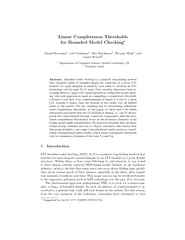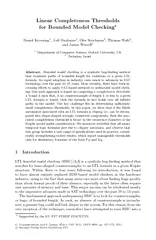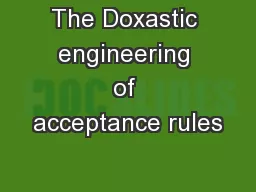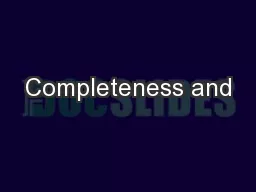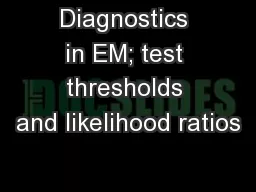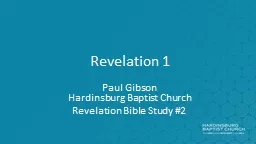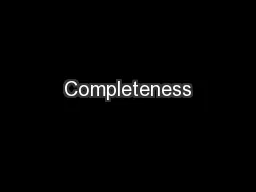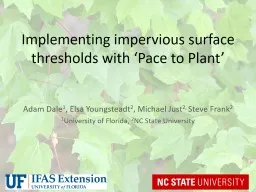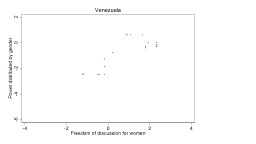PDF-Linear Completeness Thresholds for Bounded Model Check
Author : alexa-scheidler | Published Date : 2015-05-16
Bounded model checking is a symbolic bug64257nding method that examines paths of bounded length for violations of a given LTL formula Its rapid adoption in industry
Presentation Embed Code
Download Presentation
Download Presentation The PPT/PDF document "Linear Completeness Thresholds for Bound..." is the property of its rightful owner. Permission is granted to download and print the materials on this website for personal, non-commercial use only, and to display it on your personal computer provided you do not modify the materials and that you retain all copyright notices contained in the materials. By downloading content from our website, you accept the terms of this agreement.
Linear Completeness Thresholds for Bounded Model Check: Transcript
Download Rules Of Document
"Linear Completeness Thresholds for Bounded Model Check"The content belongs to its owner. You may download and print it for personal use, without modification, and keep all copyright notices. By downloading, you agree to these terms.
Related Documents

